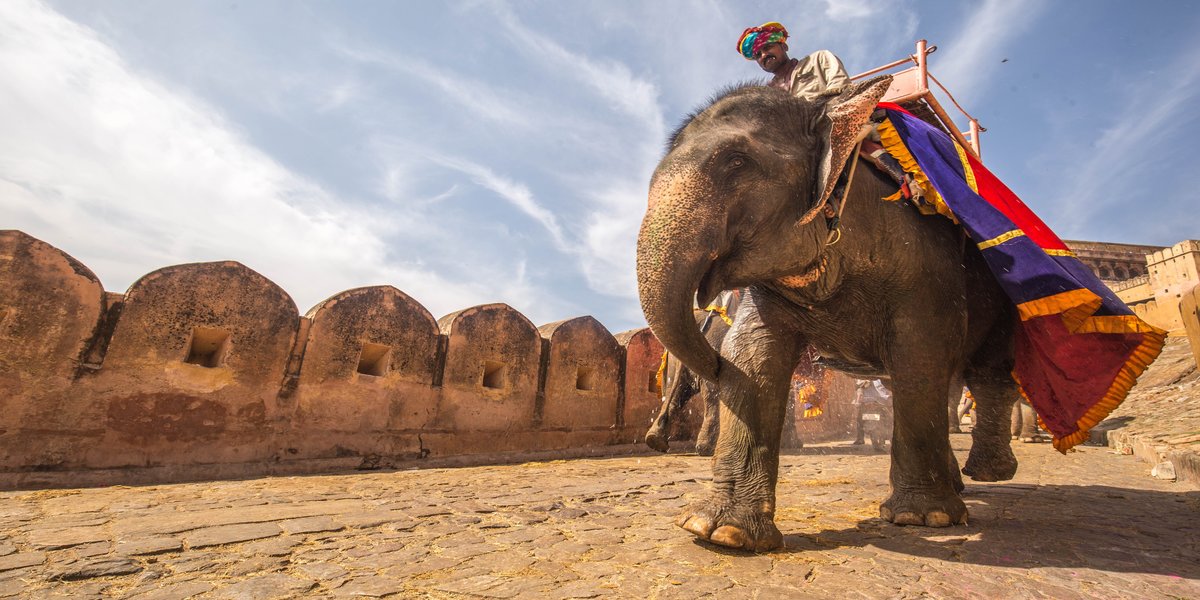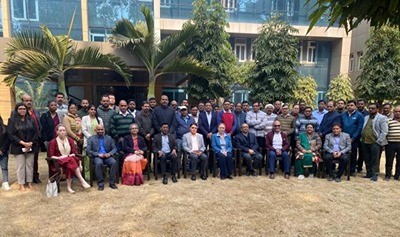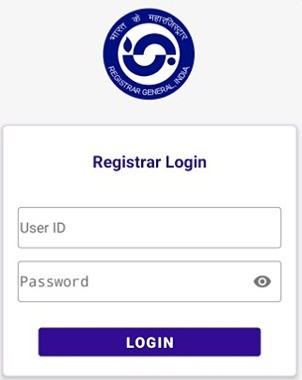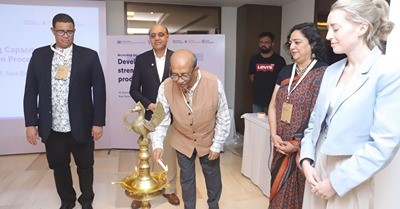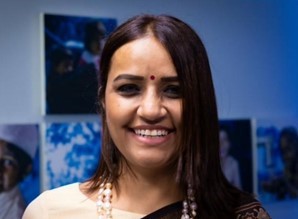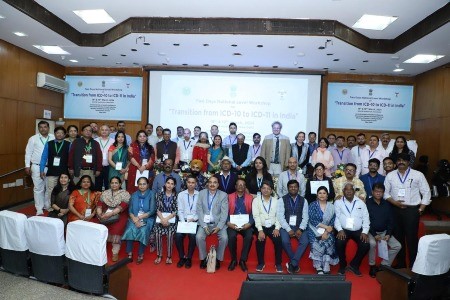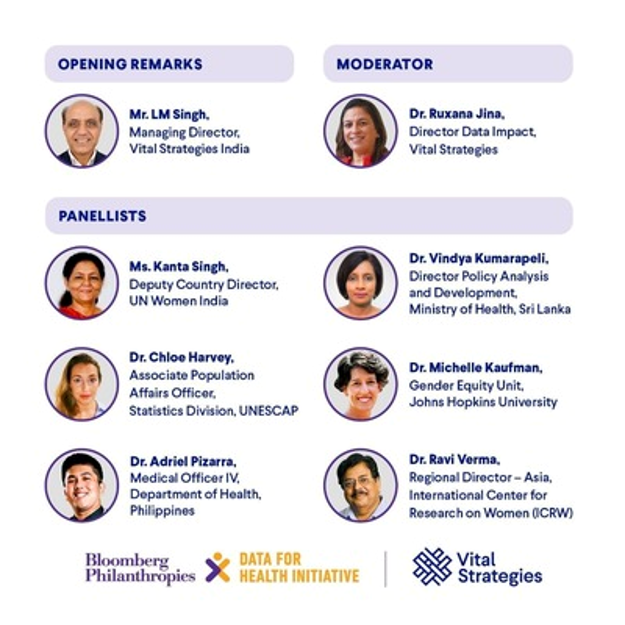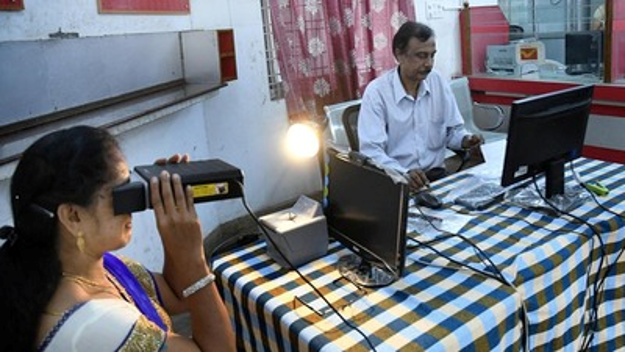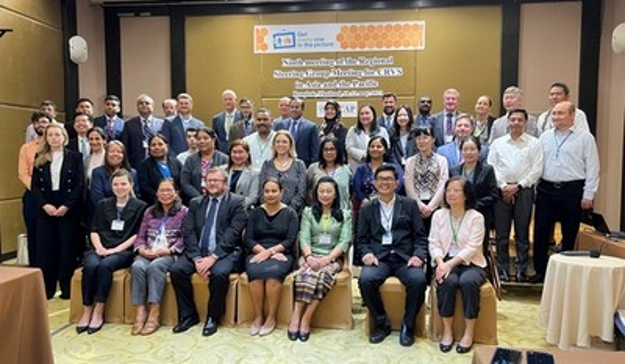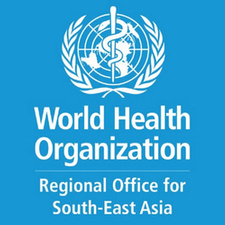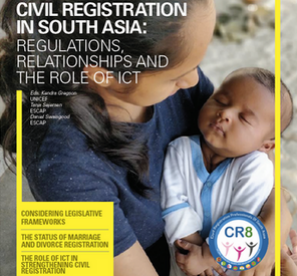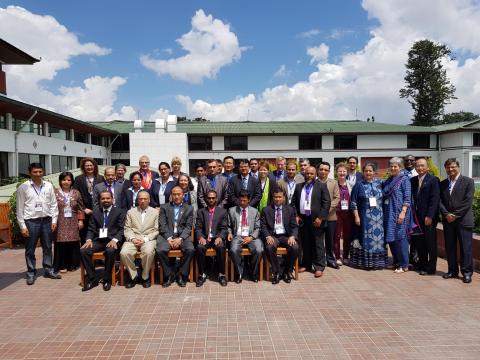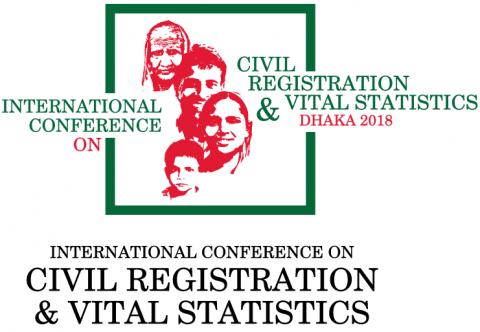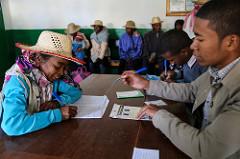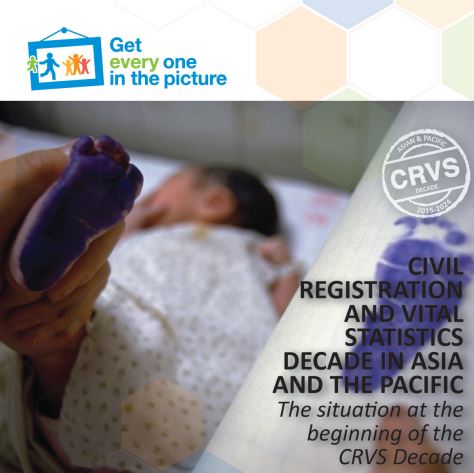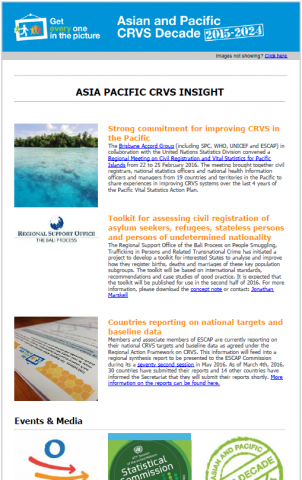The Office of Registrar General and Census Commissioner is responsible for civil registration as well as the production of vital statistics. The Ministry of Health supports the civil registration system providing incentives for registration, manpower and logistics support under the National Health Mission.
There is no birth registration fee within the prescribed period of 21 days, although fees are prescribed for birth certificates and they vary according to state/local body.
The Indian national CRVS coordination mechanism was established in August 2015, while a national CRVS strategy and a comprehensive assessment are still in progress. In 2011, the Office of the Registrar General identified several challenges such as, lack of awareness regarding the need and importance of registration, low priority accorded to the system of civil registration by the states, lack of coordination among the concerned departments and low level of reporting by registration units.
To tackle these issues, several initiatives have been taken. For example, legal items are now separated from statistical ones reducing the number of forms from 21 to 13, a more efficient coordination mechanism has been established and a nationwide database of medical institutions has been prepared. Also, a software application for online and offline registration of birth and death has been developed, this application covers the entire gamut of the civil registration system: registration of events, generation of certificates, and generation of statistical tables and reports. The application, available in English, has been translated into 13 Indian languages and it is being implemented across all states.
In addition, a new project on data digitization is being implemented, with the support of UNICEF, to keep old records in easy to retrieve digital form has started. This will help in storage of registers in electronic format and allow easy access to the records.
Mr. Sanjeev Kumar, Additional Registrar General, Office of the Registrar General, Ministry of Home Affairs
Mr. Sanjeev Kumar, Additional Registrar General, Office of the Registrar General, Ministry of Home Affairs
Goal 1. Universal civil registration of births, deaths and other vital events |
Goal 1 Targets:
Goal 2. All individuals are provided with legal documentation of civil registration of births, deaths and other vital events, as necessary, to claim identity, civil status and ensuing rights |
Goal 2 Targets:
Goal 3. Accurate, complete and timely vital statistics (including on causes of death) are produced based on registration records and are disseminated |
Goal 3 Targets:
Goal 1. Universal civil registration of births, deaths and other vital events |
Goal 1 is an expression of the internationally accepted principle of the universal coverage of civil registration. The CRVS system should register all vital events occurring in the territory and jurisdiction of the country or area, including among hard-to-reach and marginalized populations.
National Targets:
Note: These figures do not represent the national level of completeness: they refer to the annual average completeness rate of States providing disaggregation of registration data by the duration between occurrence and registration. The number of States providing this data changes each year, completeness rates are thus not comparable across the years.
BASELINE
201492%
MIDTERM
201785%
TARGET
2024100%
MIDTERM
201679.7%
TARGET
2024100%
TARGET
202475%
Note: These figures do not represent the national level of completeness: they refer to the annual average completeness rate of States providing disaggregation of registration data by the duration between occurrence and registration. The number of States providing this data changes each year, completeness rates are thus not comparable across the years.
baseline
201482%
MIDTERM
201785%
TARGET
2024100%
baseline
201432.3%
MIDTERM
201748.7%
TARGET
202460%
Goal 2. All individuals are provided with legal documentation of civil registration of births, deaths and other vital events, as necessary, to claim identity, civil status and ensuing rights |
Goal 2 reflects that CRVS systems provide legal documentation of civil registration to individuals and families for legal and administrative purposes. Legal documentation is strongly linked with a broad range of rights and activities, in particular legal identity. This goal addresses the distinction between the civil registration of a vital event and the possession of formal proof that it took place, in the form of legal documentation.
National Targets:
TARGET
2024100%
TARGET
2024100%
Goal 3. Accurate, complete and timely vital statistics (including on causes of death) are produced based on registration records and are disseminated |
Goal 3 highlights the critical importance of civil registration being linked to the production and quality assurance of vital statistics on the occurrence and characteristics of vital events.
National Targets:
TARGET
2024
TARGET
2024
Note: This target was not monitored as part of the Midterm Questionnaire on the Implementation of the Regional Action Framework for CRVS in Asia and the Pacific.
baseline
201311.6%
TARGET
202460%
baseline
20133.3%
MIDTERM
20174.9%
TARGET
20247%
Note: In light of recent countries’ experiences, Verbal autopsy is not encouraged to be applied to a large population scale, but rather on a representative sample. To reflect this, Target 3E is not anymore monitored by the coverage percentage of Verbal autopsy, but by the use or not of Verbal autopsy and its different applications.
MIDTERM
Yes
TARGET
2024
TARGET
Target achieved
TARGET
2024

National Coordination Mechanism
Status in India: Complete

Comprehensive Assessment
Status in India: Complete

National Targets for 2024
Status in India: Complete

Monitoring & Reporting Plan
Status in India: Plans

Inequality Assessment
Status in India: Not started

National Strategy
Status in India: Plans

National Focal Point
Status in India: Complete

Reporting to ESCAP - Baseline
Status in India: Complete

Reporting to ESCAP - Midterm
Status in India: Complete

